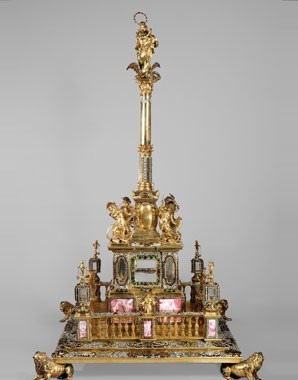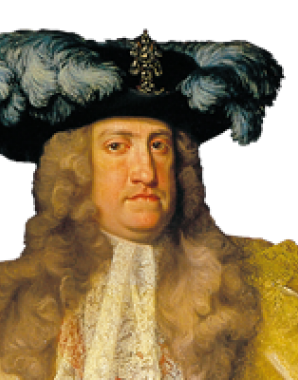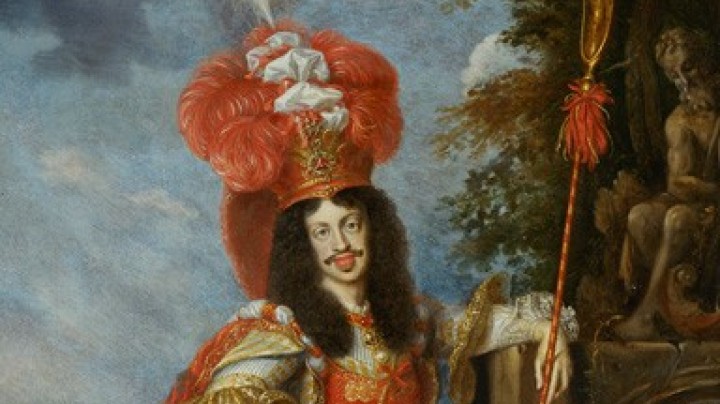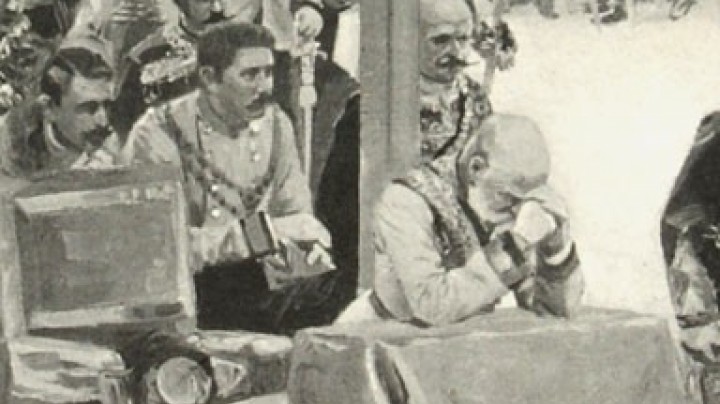The ‘bridge saint’ and the House of Habsburg
The veneration of St John of Nepomuk, the confessor of the Bohemian queen who refused to reveal the secrets she had vouchsafed to him, began shortly after his martyrdom in 1393. However, it was not until 1729 that he was canonized and his cult officially authorized by the Church.
His canonization was supported by Emperor Charles VI and his wife Elisabeth Christine, who both wrote letters to Pope Benedict XIII to advocate the veneration of John of Nepomuk. According to Elisabeth Christine, at the imperial court almost everybody wore an image of John of Nepomuk in the form of a piece of jewellery. Elisabeth Christine herself also carried his image with her, and she was fond of making gifts of small depictions of the Bohemian saint studded with diamonds representing the five stars that appeared at his death.
Although he was already widely venerated by the beginning of the eighteenth century and firmly anchored in popular belief, his canonization led to a further surge in popularity. His feast day was celebrated each year with devotions lasting several days, illuminations and processions on land and water, and new altarpieces and sculptures were installed in many churches. By the middle of the eighteenth century almost all churches in Vienna boasted at least one image of the saint. Innumerable statues and small chapels commemorating his martyrdom, when he was thrown to his death from a bridge, were erected on and near bridges. Still a common feature in the landscape across large parts of Europe, these monuments led to John of Nepomuk becoming known as the ‘bridge saint’ in the German-speaking countries.
Whether in the form of small devotional images, large-scale altarpieces or sculptures in public spaces, pictorial media were a central element in the Baroque veneration of saints. Attesting to his great popularity, the pictorial cult of St John of Nepomuk was also promoted by the imperial family. Dowager empress Wilhelmine Amalie, for example, had an altarpiece of the saint by Giovanni Battista Pittoni added to the palace chapel at Schönbrunn around 1735, and Charles VI commissioned an imposing new silver tomb for the martyr in Prague’s St Vitus’s Cathedral. The veneration of the patron saint of Bohemia at this central locus of the Nepomuk cult was a Habsburg family tradition – Ferdinand I (1503–1564) is said to have knelt at Nepomuk’s tomb.
It was not only pure religious zeal that drove these Catholic rulers to promote Nepomuk’s canonization and donate precious works of art to honour the new saint. The Habsburgs also exploited the political capital that attached to the cult of St John of Nepomuk as patron saint of Bohemia and as the most popular saint of the age.















